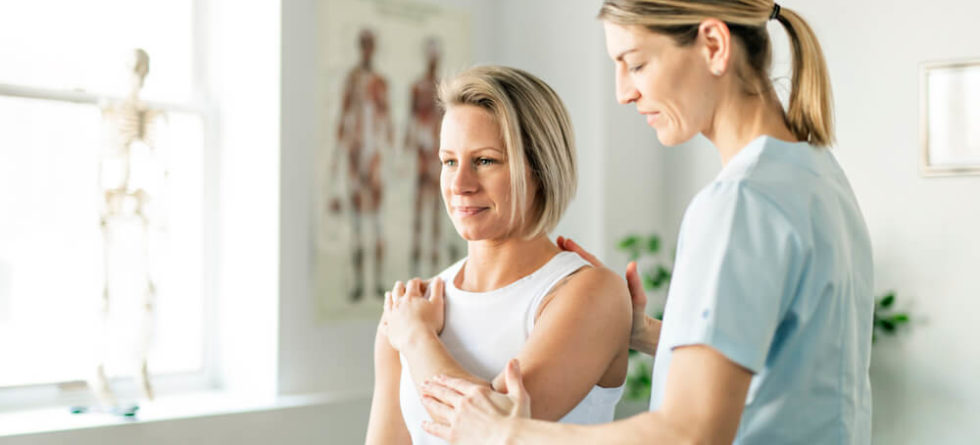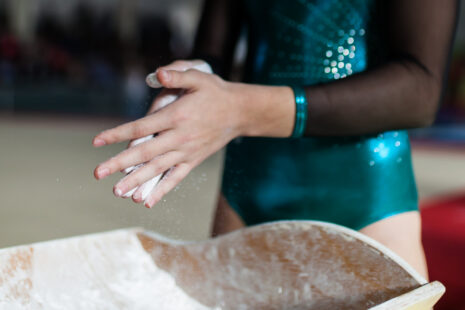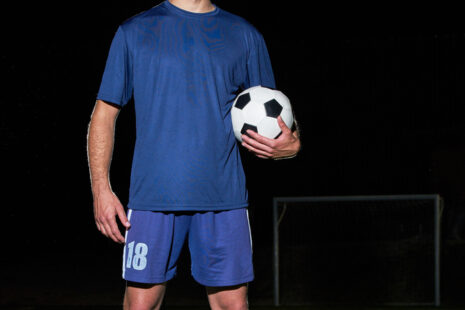Physical therapy for a rotator cuff injury typically involves a combination of exercises, stretches, and modalities to reduce pain, improve shoulder function, and strengthen the muscles surrounding the rotator cuff.
Here’s a general outline of how physical therapy is conducted for a rotator cuff injury:
- Initial Assessment: Your physical therapist will perform an initial evaluation to assess the extent of your rotator cuff injury, identify any muscle imbalances or movement impairments, and determine your functional limitations.
- Pain Management: If you are experiencing pain, your physical therapist may use modalities like ice, heat, ultrasound, or electrical stimulation to help reduce inflammation and ease discomfort.
- Range of Motion Exercises: Gentle range of motion exercises will be prescribed to improve the mobility of your shoulder joint without causing excessive strain on the injured tissues.
- Stretching: Specific stretches will be introduced to improve the flexibility of the shoulder and surrounding muscles, helping to prevent further injury and maintain the range of motion.
- Strengthening Exercises: Gradual and controlled strengthening exercises will target the rotator cuff muscles and other shoulder stabilizers. These exercises will help improve the strength and stability of the shoulder joint.
- Scapular Strengthening: The shoulder blade (scapula) is crucial for movement and stability. Your physical therapist may incorporate scapular strengthening exercises to ensure proper shoulder mechanics.
- Functional Exercises: As you progress, your physical therapist will include exercises that mimic the movements you need for your daily activities, including those specific to pickleball or any other sport you participate in.
- Proprioceptive Training: Proprioception is the body’s ability to sense its position in space. Proprioceptive training exercises help improve balance and joint awareness, reducing re-injury risk.
- Modalities for Pain Relief: Throughout your treatment, your physical therapist may continue using pain-relieving modalities to manage persistent discomfort.
- Home Exercise Program: Your physical therapist will provide a personalized home exercise program that complements the in-clinic treatment. Consistent adherence to these exercises is essential for optimal recovery.
- Education and Lifestyle Modification: You will receive guidance on proper body mechanics, postural awareness, and lifestyle modifications to prevent future injuries.
- Progression and Monitoring: Your physical therapist will continuously monitor your progress and adjust the treatment plan to ensure steady improvement.
Following your physical therapist’s instructions and completing your exercises as prescribed is crucial. The success of physical therapy for a rotator cuff injury depends on consistent effort and adherence to the treatment plan. If you have any concerns or experience increased pain during therapy, don’t hesitate to communicate with your physical therapist so that they can adjust the treatment accordingly.




